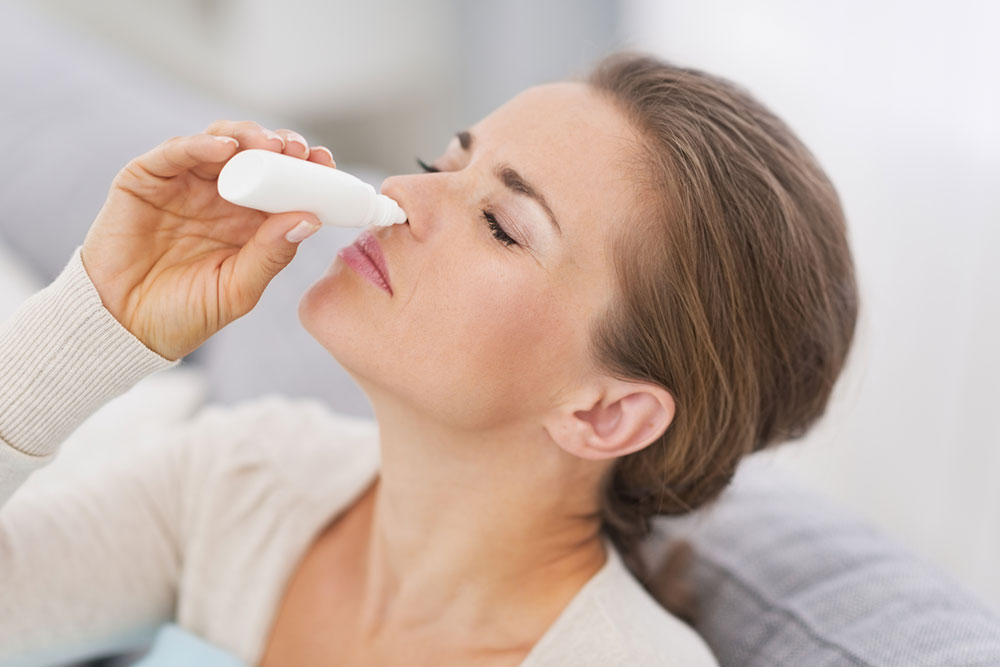Comprehensive Guide to Understanding and Effectively Managing Chronic Post Nasal Drip Cough
Chronic post nasal drip cough can cause persistent discomfort and health issues. This comprehensive guide explores causes, symptoms, and effective management strategies, including lifestyle changes, environmental adjustments, and medical treatments. Understanding these aspects helps individuals alleviate symptoms and improve respiratory health, with recommendations on hydration, allergen avoidance, humidification, and when to seek medical advice for persistent cases, ensuring better quality of life and fewer complications.

Comprehensive Guide to Understanding and Effectively Managing Chronic Post Nasal Drip Cough
The human respiratory system is equipped with a sophisticated mechanism to defend itself and maintain optimal function. A crucial part of this defense involves the production of mucus by various tissues in the airways, nose, throat, stomach, and intestines. This mucus acts as a natural barrier, trapping pathogens like viruses, bacteria, and environmental pollutants, preventing them from causing infection or irritation. On average, the nose alone produces about one quart (roughly 950 ml) of mucus daily, which helps in trapping harmful agents and maintaining tissue hydration. Usually, this mucus blends seamlessly with saliva and drains down the back of the throat in a process called postnasal drainage, which remains unnoticed during daily activities.
However, problems arise when mucus production becomes excessive or when the clearance mechanisms get compromised. This leads to a variety of uncomfortable symptoms, most notably a persistent cough and throat irritation. These symptoms can significantly impair daily functioning and disturb sleep, creating a cycle of discomfort and health concerns. Understanding the underlying causes and management strategies for this condition is essential for effective treatment and improving quality of life.
The excessive mucus accumulation often results in symptoms like a runny nose; however, when this mucus drips down the back of the throat, it is referred to as postnasal drip. This can cause persistent sore throat, coughing, hoarseness, and a feeling of mucus in the throat that’s difficult to clear. Sometimes, the problem isn’t just overproduction but a hindered clearance pathway, which may be caused by allergies, nasal blockages, structural abnormalities, age-related changes, or acid reflux disease. Persistent postnasal drip can also lead to secondary issues such as ear infections due to Eustachian tube blockage and voice changes, all of which diminish comfort and health.
Managing chronic postnasal drip requires a multifaceted approach that addresses both symptom relief and underlying causes. Lifestyle changes play a vital role in reducing symptoms and preventing aggravation. Firstly, maintaining optimal hydration is crucial; drinking at least 12 glasses of water each day helps thin the mucus, making it easier to clear naturally. Hydration also helps soothe irritated mucous membranes. Avoiding environmental and indoor allergens is another key step. Common triggers include pollen, dust mites, mold spores, pet dander, and chemical fumes from household cleaning products or pollutants. Using an allergy diary to identify specific triggers can aid in targeted avoidance strategies.
Furthermore, quitting smoking and avoiding second-hand smoke exposure are crucial steps, as smoke irritates the mucous membranes, increases mucus production, and hampers clearance. The Mayo Clinic emphasizes that tobacco smoke worsens chronic respiratory conditions and should be eliminated for better respiratory health. Using a humidifier or vaporizer can significantly improve symptoms by reducing dryness in the air, soothing irritated tissues, and promoting mucus clearance. This is especially beneficial during dry seasons or in heated indoor environments.
Complementary home remedies and over-the-counter medications can provide additional relief. Steam inhalation with eucalyptus or menthol oils, hot teas with honey, and menthol or camphor chest rubs can soothe irritated airways and reduce coughing. Saline nasal sprays or irrigation devices like neti pots are helpful for clearing nasal passages, albeit with caution to prevent contamination or overuse, which can cause dryness or irritation. Pharmacological options include antihistamines, which reduce mucus secretion by blocking allergic pathways but can cause drowsiness, so their use should be cautious especially when operating vehicles or machinery. Decongestants can relieve nasal congestion by constricting blood vessels, though they may raise blood pressure or cause jitteriness in some individuals. Leukotriene receptor antagonists may also be prescribed for chronic allergy-related issues, helping to reduce mucus and inflammation.
If symptoms persist beyond two weeks despite conservative measures, consultation with a healthcare provider becomes necessary. Medical evaluation can help rule out other underlying conditions such as sinus infections, structural nasal abnormalities, or acid reflux disease. Diagnostic tests like nasal endoscopy, allergy testing, or imaging studies may be indicated. In some cases, specialized treatments or procedures might be recommended to address structural issues or chronic inflammation. It is also essential to monitor the effectiveness of the chosen treatment plan regularly and adjust accordingly to achieve optimal symptom control.
In conclusion, chronic postnasal drip cough is a manageable condition with proper lifestyle modifications, environmental controls, and appropriate medical treatment. Recognizing triggers, maintaining good nasal hygiene, staying well-hydrated, and seeking prompt medical advice when needed are key steps to reduce discomfort, prevent complications, and restore respiratory health. A holistic approach that combines home remedies and medical intervention often provides the best outcomes for individuals suffering from this persistent problem.





